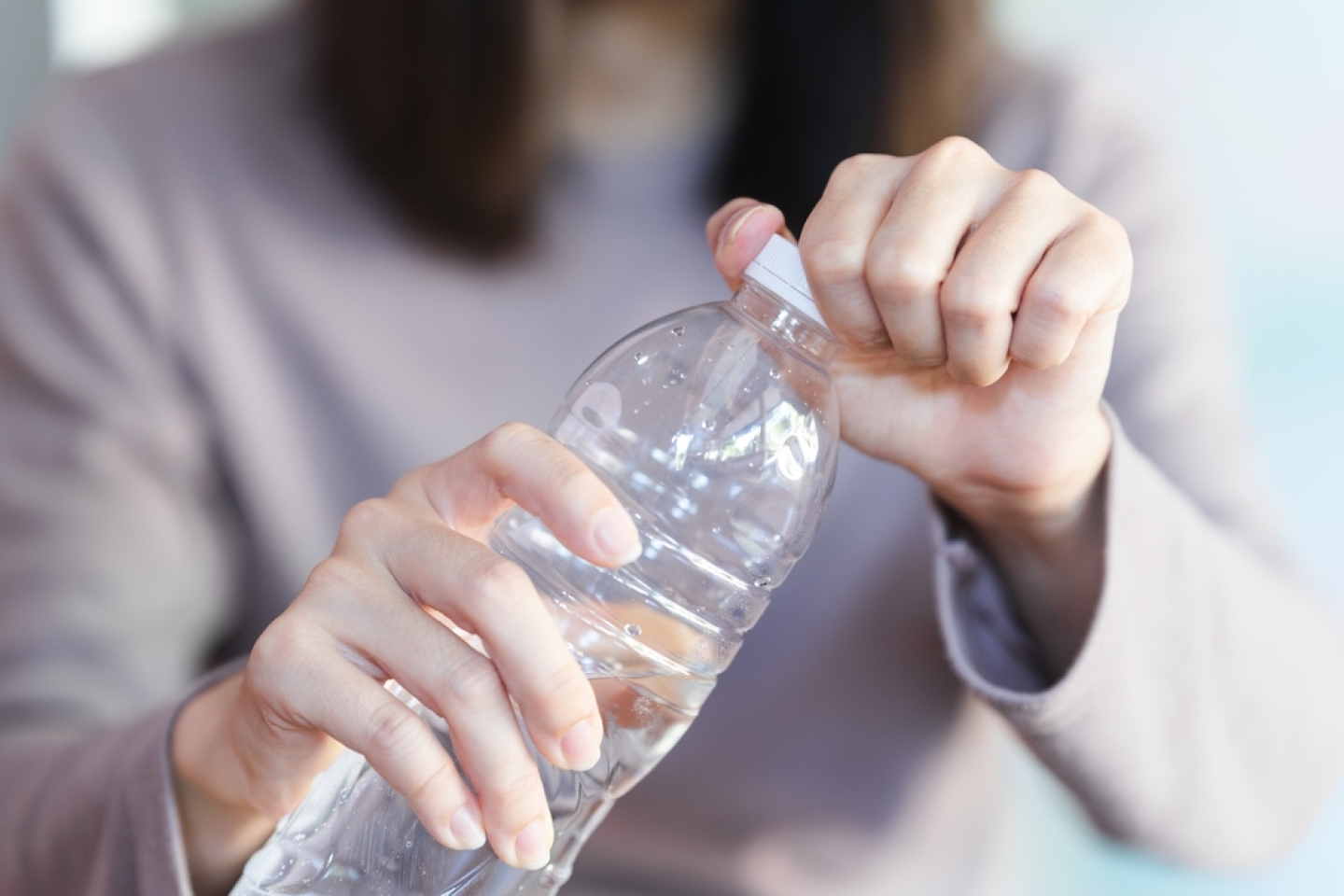
Plastic is everywhere. It’s in your kitchen, bathroom, living room and car. You may even have some in your clothing. When it breaks down into tiny pieces, plastic becomes microplastic. According to the National Institutes of Health, microplastics are smaller than a sesame seed and wind up in oceans and rivers, your food and even your body.
Unfortunately, human bodies aren’t meant to contain plastic. As a result, our ongoing exposure to microplastics has become a public health problem.
“Urgent action is needed to address this growing global issue,” says Dr. Sohaila Cheema, associate professor of clinical population health sciences and assistant dean for the Institute for Population Health of Weill Cornell Medicine-Qatar. “We can all benefit from reducing plastic waste, environmental degradation and consumption of these harmful chemicals and microplastics.”
Here’s what you should know about the effects these plastics have on your health and how to reduce your exposure to these tiny particles.
There are many types of plastic, and many products you use daily are made of or packaged in one or more kinds of plastic. When these big pieces of plastic become microplastics or nanoplastics (broken down microplastics), they easily enter your body.
Humans get exposed to microplastics every day through:
Once plastics get inside your body, they wind up in your gastrointestinal tract, arteries and other body parts. Testing has found microplastics in human blood, feces, organs and urine.
Though research is ongoing about how microplastics harm health, the early evidence is clear. Microplastics are not good for you. That’s because plastic can contain toxic chemicals and additives known to put your health at risk. Ingredients of some plastics have been linked to serious health issues affecting your heart, immune system and liver.
Research suggests microplastics may increase your risk for the following:
In addition to bringing on serious heart issues, having these plastics in your body could worsen existing health problems.
Along with putting your immediate and long-term health at risk, microplastics may make it more difficult to conceive, as there may be a connection between microplastics and male infertility.
“Higher levels of these microplastics can potentially affect testosterone and sperm production,” says Dr. James A. Kashanian, director of male sexual health in the Department of Urology at Weill Cornell Medicine. “Unfortunately, many environmental factors, like these, accumulate over decades and are not easily reversed.”
In a world full of plastic, how can you limit your risk?
While it’s impossible to avoid all sources of microplastics, you can limit your exposure to the tiny plastic particles. Get started by looking for ways to reduce plastic products in your daily life.
Of course, these small steps won’t completely eliminate exposure to microplastics. They will reduce it, though. In the process, you’ll cut back on plastic waste and lower your health risks from plastic.
Need help managing your exposure to microplastics pollution and overall good health? Find a doctor at Weill Cornell Medicine today.